Art on the Road – Three Traveling Exhibitions From the Hara Museum
The Hara Museum of Contemporary Art has two sites in Japan – one in bustling Tokyo and one in the peaceful Gunma countryside, two hours by train from the capital. Located next to the ranch park Ikaho Green Bokujo in Shibukawa, a rustic town famous for its hot springs, Hara Museum ARC is home to an important part of the Hara Museum Collection. With a focus on contemporary art from the 1960s and later, the collection features prominent Japanese and international artists such as Tadanori Yokoo, Yayoi Kusama, Jasper Johns, and Andy Warhol. The ARC’s multi-building compound designed by architect Arata Isozaki also houses the Kankai Pavilion, which displays an excellent selection of classical Asian art, including calligraphy, Nihonga painting, Chinese painting, and crafts.
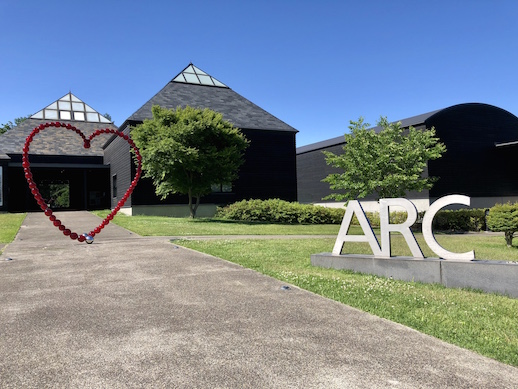
The Current Exhibition
Art on the Road – Three Traveling Exhibitions From the Hara Museum presents selections from three previous shows: “Primal Spirit – Ten Contemporary Japanese Sculptors,” “Photography and Beyond in Japan; Space, Time and Memory,” and “Shiro Kuramata 1934–1991.” These exhibitions from the 1990s started out at the Hara Museum’s Tokyo site before touring cities in North America and Europe, introducing international audiences to cutting-edge Japanese artists working in sculpture, photography, and design.
Gallery A displays highlights from “Primal Spirit,” including Shigeo Toya’s Woods II (1989–1990). This giant installation of carved pillars resembling tree trunks from a prehistoric forest is shown with works by Toshikatsu Endo, Tadashi Kawamata, Kazuo Kenmochi, and Kimio Tsuchiya.
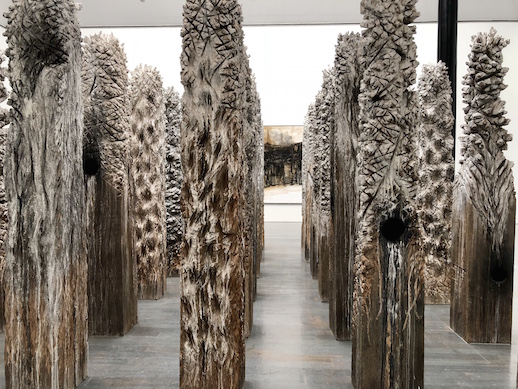
In Gallery B, visitors can see works from “Photography and Beyond in Japan” taken by leading cameramen Hiroshi Sugimoto, Tokihiro Sato, Hitoshi Nomura, and Tadasu Yamamoto. Ranging from landscape to time-lapse photography, these works explore expressions of light and are paired with collection pieces by installation artist Emiko Kasahara.
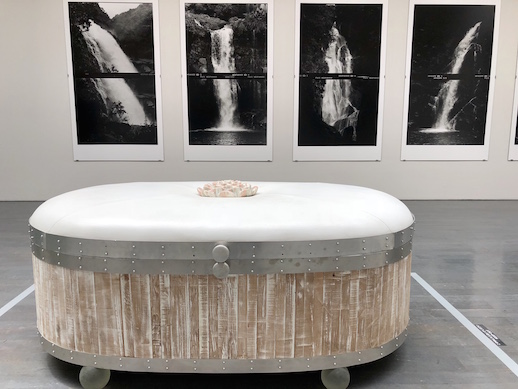
Gallery C also exhibits collection works, including Yasumasa Morimura’s art history-inspired self portraits. The star here though is the furniture and product designs of Shiro Kuramata, whose ultra-minimalist metal and glass chairs and high-legged cabinets possess a sleek playfulness that has broadly influenced design and décor.
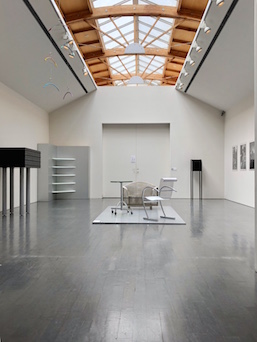
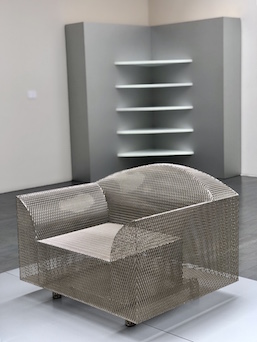
Permanent Installations
While seeing “Art on the Road,” be sure to also check out the two permanent installations: Yayoi Kusama’s Mirror Room (Pumpkin) (1991/1992) and Tabaimo’s Midnight Sea (2006/2008). With floor-to-ceiling dots on a bright yellow background and a mirror display showing a vista of pumpkins stretching to infinity, Mirror Room (Pumpkin) was created specifically for Hara Museum ARC and is one of the artist’s signature mirror installations now popular around the world.
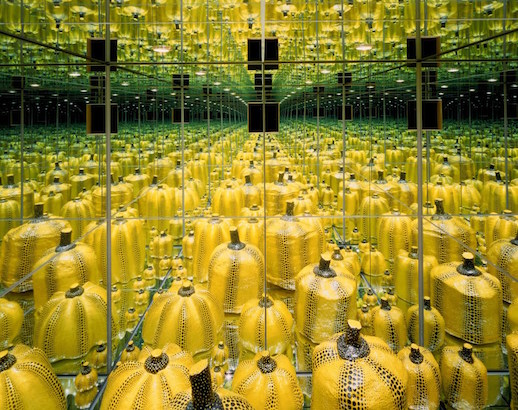
Midnight Sea (2006/2008) by the Japanese artist Tabaimo is a video installation shown on loop in a darkened room. Depicting the crashing waves of a black sea, its waters part at times to reveal shadowy apparitions.
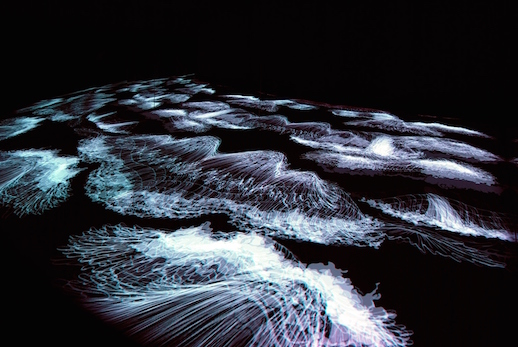
Kankai Pavilion
Meaning “one who has seen the ocean,” Kankai Pavilion is designed to resemble a Japanese shoin drawing room. Lighting is adjusted to a candle glow so that the works can be viewed as they were in the past. The current exhibit “The Power of Ink – Kano School Partition Paintings” features ink paintings once used for wallpaper and sliding doors at Mi’idera Temple in Shiga Prefecture. In addition to paintings and hanging scrolls from the 16th and 17th centuries, works by contemporary masters including Anish Kapoor and Claes Oldenburg are also on display. Currently featured is a series of four hanging scrolls showing a tiger in a stare-off with a bird by the Kano School founder Kano Eitoku.
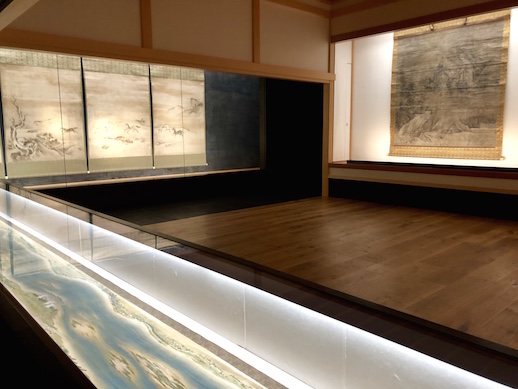
Collection Tours
The Hara Museum Collection traces its roots to the 19th century industrialist Rokuro Hara, who amassed many of the classical works exhibited in the Kankai Pavilion. Toshio Hara carries on his great-grandfather’s commitment to art by managing the current collection of some 1,000 pieces divided between multiple sites. Hara Museum ARC not only exhibits artworks, but also archives them in open-view storage designed for researchers and specialists. About 120 pieces of artwork are shown in storage at a time, and the pieces change occasionally. Guided tours of this space starting at 2:30 on Sundays are given during the exhibition. Interested parties should make a reservation in advance. You may also ask about English tours when making reservations.
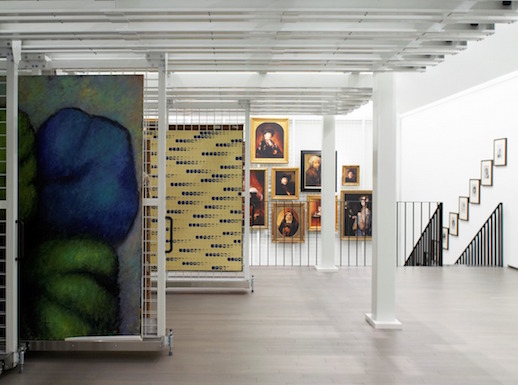
Hara Museum ARC is a great short trip from Tokyo and a must-see for fans of contemporary art in Japan. The current exhibitions, eligible for MuPon admission discounts, end June 24. If you can’t make it in time, though, don’t worry – this art oasis in the grassy hills of Gunma is an idyllic retreat all summer.



